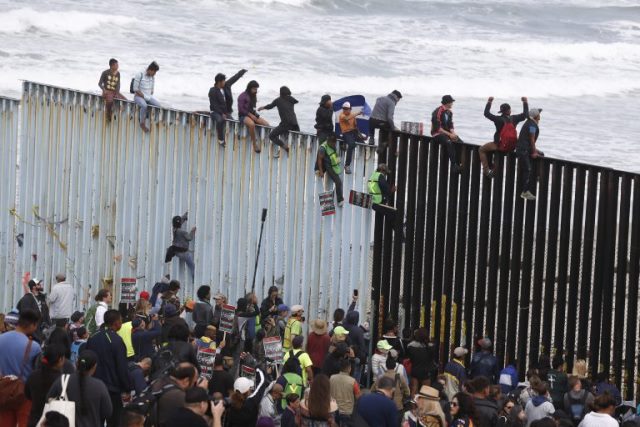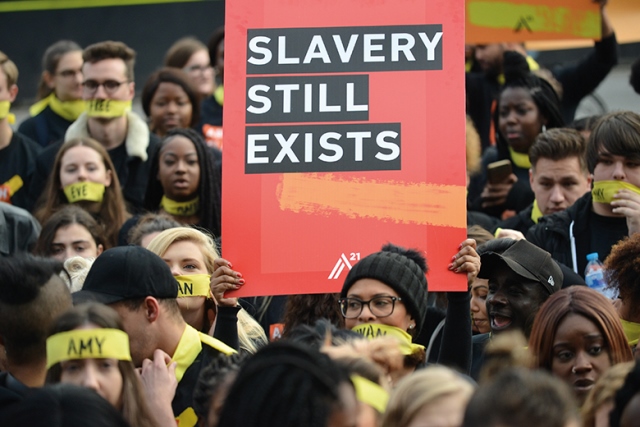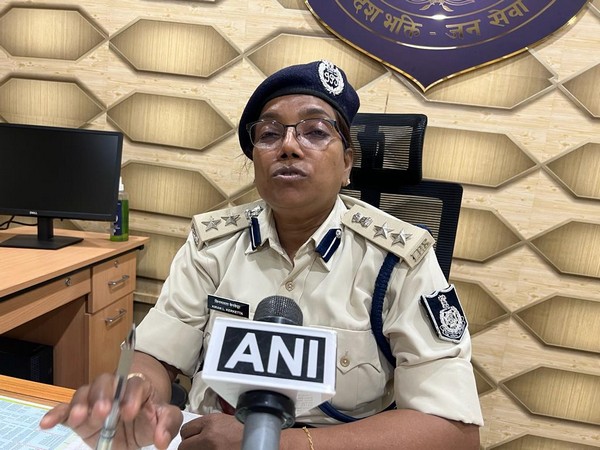Human migration forced by armed conflict is acquiring new and menacing dimensions as the world gets increasingly polarised. It needs talking since the discourse is predominantly about victory and defeat amidst daily reports of more and more arms pouring in. Human suffering has become a captive of the blame game. Even crocodile tears have dried up.
The Gaza crisis is poised for a decisive ‘resolution’ with the Israeli forces likely to over-run that strip of unfortunate land by the end of this month. Of prime concern over the longer term should be addressing the needs of over 200,000 people who have no home to return to. With aerial strikes continuing across Gaza, over two-thirds of the total population – about 1.5 million people – are currently internally displaced. Their number is rising by the day.
Nearly 6 million refugees fleeing Ukraine are recorded across Europe, while an estimated 8 million others had been displaced within the country by late May 2022. These are old figures but think of ninety per cent of Ukrainian refugees being women and children.
With these two conflicts raging, little attention is given to Yemen. 21.6 million need aid, including 11 million children, and more than 4.5 million are displaced. Yemen hosts around 99,877 refugees and asylum seekers, 70 per cent of whom are Somali and 20 per cent Ethiopian.
Being forced to move from the proverbial frying pan to the fireplace are 1.7 million Afghans who are unregistered as refugees in Pakistan. Many were born in Pakistan. Many had fled Afghanistan to escape the Taliban rule. They must return to a country they either do not know or detest.
These are conflict zones. But take India. Reports point to the rising craze to migrate, come what may, and the risks involved. Illustrative is the family of Brijkumar Yadav of Gujarat’s Gandhinagar. Trying to enter the US from Mexico, he climbed up the Trump Wall — the former US President built it to block illegal migration, but has failed — he fell on the Mexican side. His wife fell on the American side and died, leaving a 3-year-old child.
A Times of India report said that the number of people trying to illegally enter the US could be much higher. A Gujarat Police official said that for every one person caught at the border, there could be 10 others who have managed to cross into the US.
Collating information from Gujarat and New Delhi, the report also said that residents of Gujarat and Punjab aspiring to settle in the US are in significant numbers among the illegal migrants. What makes people from these relatively better-off parts of India risk entering foreign lands illegally? Is it their wanderlust, or enterprise that has characterised their progress through the centuries? Or is it that they are the marginalised lot who have been left out of the economic progress? This needs wider, deeper research and debate by experts in many disciplines.
ALSO READ: Kabootarbazi – Inside India’s Immigration Racket
The people arrested are classified into four categories — single adults, unaccompanied children, children accompanied by family members and entire families. The figures include 700 unaccompanied children. Logic defies their presence. Either they were pushed there by their parents or were duped by greedy travel agents who operate as a network.
However, single adults are the largest category. The end of pandemic-era border policy Title 42 in May this year led to a surge in illegal immigration which was earlier prevented by the ruling which allowed the US to deport illegal immigrants without asylum hearings.
The larger burden of this essay, however, is that while India aspires to be “Vishwa Guru”, within the global count, Indians have a significant presence among illegal migrants. According to US Customs and Border Protection data, a record-breaking 96,917 Indians were apprehended while unlawfully crossing into the US between October 2022 and September 2023. This marks a fivefold increase compared to 2019-2020.
In September this year alone, 8,076 Indians were arrested by US law enforcement agencies. Of the total, 3,059 Indians were arrested from the US-Canada border alone, data from the US Customs and Border Protection has shown. The figure for September is the highest in a month in the period between October 2022 and September 2023.
This writer has visited Tijuana town on the Mexico-US border. Its emergence as an IT industry hub in recent years has not changed its old reputation. American mothers take their children to show them what poverty is. Looking at the dust and dirt, I heard a child tell the mother, “Mama, yuk yuk.” At the border barely two kilometres away, the US tries to block thousands seeking to cross into its territory, every day or rather, every night. The American side, at San Diego, has armed border guards and police in military-style formation trying to prevent illegal entrants. America’s border is snow-bound on the Canadian side in the north. But nothing deters desperate entrants. Whether they succeed or fail, many lose their lives, limbs and their dear ones. Their conditions as they await being pushed into America by touts are miserable.
The Indian “boat people” are not confined to Europe and America. Even in Southeast Asia at the other end of the globe, many who go as tourists or on family visits, end up as casual workers and throw away their passports. Unsurprisingly, these people are unwelcome.
Surprising though this may seem, research in the US, at least, shows that illegal immigrants increase the size of its economy, contribute to economic growth, enhance the welfare of natives, contribute more in tax revenue than they collect, reduce American firms’ incentives to offshore jobs and import foreign-produced goods. They benefit consumers by reducing the prices of goods and services.
Economists estimate that the legalization of the illegal immigrant population would increase the immigrants’ earnings and consumption considerably, and increase U.S. gross domestic product. There is scholarly consensus that illegal immigrants commit less crime than natives and that immigration enforcement has no impact on crime rates.
Despite the pluses and minuses, it is worrying that this phenomenon is gaining more and more traction. A world that is combating numerous crises — all of them self-created — has little time and no sympathy for those leaving their homes, often with women and children — trying to sneak into another country. Such people, assuming that they survive the harsh travel and the hide-and-seek, are treated by the local law as criminals. But given the growing disparities, this is unlikely to change.
For more details visit us: https://lokmarg.com/


